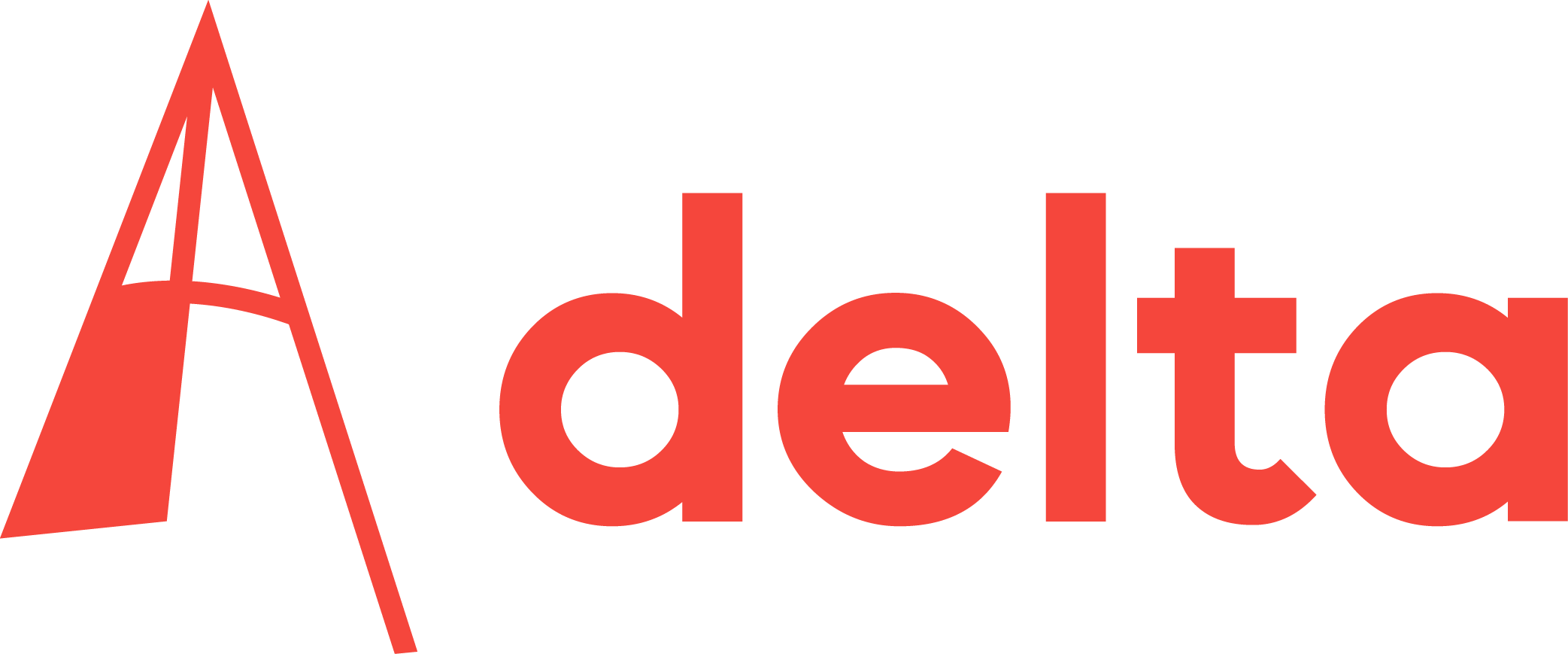Gas has been leaking from underground right above the world’s largest carbon capture and storage project in Weyburn, Canada.
The Winnipeg Free Press reported last Thursday: ‘Cameron and Jane Kerr own nine quarter-sections of land above the Weyburn oilfield in eastern Saskatchewan. They released a consultant’s report Tuesday that links high concentrations of carbon dioxide in their soil to 6,000 tonnes of the gas injected underground every day by energy giant Cenovus in an attempt to enhance oil recovery and fight climate change.”
Since 2000, Cenovus has injected about 16 million tonnes of carbon dioxide underground to force more oil from an aging field and safely store greenhouse gases that would otherwise contribute to climate change.
But in 2005, the Kerrs began noticing algae blooms, clots of foam and multicoloured scum in two ponds at the bottom of a gravel quarry on their land. Sometimes the ponds bubbled. Small animals — cats, rabbits and goats — were regularly found dead a few metres away.
Then there were the explosions.
“At night we could hear this sort of bang like a cannon going off,” said Jane Kerr, 58. “We’d go out and check the gravel pit and, in the walls, it (had) blown a hole in the side and there would be all this foaming coming out of this hole.” The water, said Jane Kerr, came out of the ground carbonated. “It would fizz and foam.”
Delta asked CCS specialist, Dr Karl Heinz Wolf (Civil Engineering and Geosciences), for his comment. Does he take the news seriously?
“Yes, but I haven’t seen the data. So I can’t say if the CO2 storage has anything to do with it. Normally, there is also a large and fluctuating amount of CO2 in the soil.”
But in this case they have identified the carbon dioxide as coming from fossil fuels on the basis of the carbon-isotopes.
“That surprised me. I think it’s strange that they haven’t seen traces of the normal CO2 in the soil.”
Perhaps it got flushed out?
“Theoretically that’s possible, but again: I haven’t seen the data.”
Is the situation comparable with that in the Netherlands?
“No, because we have, in the deep subsurface, an original and very stable deltaic system covered by more than 1-kilometer thick dense layers of clay. Here we don’t have any mountains with the associated tectonic movements or fault lines and fault zones.”
The Weyburn site is an oil field where no gas has been found. Does the absence of gas indicate a porous covering of the oil layer?
“That’s plausible.”
In which case, one might conclude that oil fields should not be used for CO2 storage, and that gas fields are a better choice.
“We’ve always said that CO2 should preferably be stored in empty gas fields. Oil fields are less or not suitable because, for one thing, the sealing of the abandoned oil wells do not following the normal regulations pertaining to abandoned wells in gas fields. These findings can be found in a TNO report that evaluated an oil field for CO2 storage.”
Een sleephopperzuiger spuit een regenboog van modder op een banaanvormig eiland. De modder hoopt zich op en kleeft samen. De zandbank biedt steeds meer weerstand tegen de klotsende zee als alweer een volgende sleephopperzuiger zich aandient. Vanuit de helikopter krijgt de kijker een uniek kijkje in de keuken van de aanleg van de Tweede Maasvlakte. Veel ingenieurs rekenen aan dit soort projecten, maar zelden krijgen ze de kans om haarscherpe beelden vanuit de lucht te zien van het ontstaan van nieuw land.
De Rotterdamse kunstenaars Liesbeth Bik en Jos van der Pol maakten deze beelden van het meest prestigieuze Nederlandse waterproject van dit moment. Zij cirkelden rond de contouren van Maasvlakte 2. Dat levert intrigerende plaatjes op van spuitende sleephopperzuigers en van meeuwen die eigenwijs rondkijken op het net gewonnen land.
Deze ‘tekening in de lucht’ is het meest geslaagde kunstenaarsproject rond de aanleg van Maasvlakte 2. Museum Boijmans van Beuningen toont in totaal tien opmerkelijke ‘artistieke ontdekkingsreizen’ over de landaanwinning.
Van oudsher heeft strijd tegen de zee en het winnen van land mythologische proporties. De Rotterdamse kunstenaar Marjolein Dijkman plaatst de aanleg van Maasvlakte 2 in dat perspectief. Op haar poster staat naast de foto van een zandspuitende sleephopperzuiger een tekening van een waterspuwende draak. Zij vond het kronkelende monster op oude zeekaarten met het opschrift ‘hic sunt dracones’ (hier wonen de draken). Daarmee gaven de oude cartografen de grenzen aan van de destijds bekende wereld.
Dijkman laat in een video ook beelden zien van zeemonsters uit literatuur, volkscultuur en mythologie. De eeuwige strijd met de zee wordt zo goed weergegeven. De draak is het symbool van het onbekende en onstuimige. De sleephopperzuiger staat voor de techniek die landaanwinning mogelijk maakt en het onstuimige probeert te beheersen.
De Spaanse kunstenares Lara Almarcegui houdt het veel dichter bij huis. Wie vaak in de Rotterdamse haven komt, kan niet om de braakliggende terreinen heen. Zelfs op de huidige Maasvlakte zijn er nog ongebruikte stukke land. Op de tentoonstelling is te zien hoe Almarcegui een groep bezoekers rondleidt door deze ‘wastelands’. Zij toont het scherpe contrast tussen de industrie, die door mensen is aangelegd, en de braakliggende terreinen, die met rust worden gelaten.
Ook de Oostenrijkse kunstenaar Hans Schabus zoekt het contrast op. Hij fotografeerde een eenzame zeiler, die in een klein bootje op zee dobbert. Voor hem rijzen de gigantische kranen op van de containerterminals van de Maasvlakte.
De blik van kunstenaars op het werk van ingenieurs is fascinerend. Ze laten goed zien hoe techneuten de wereld veranderen en vooral op wat voor manier ze dat proberen te doen.
Portscapes is tot en met 26 april te zien in Museum Boijmans van Beuningen.



Comments are closed.